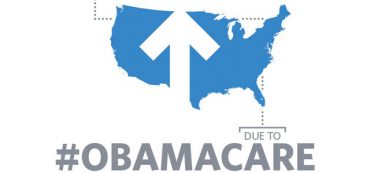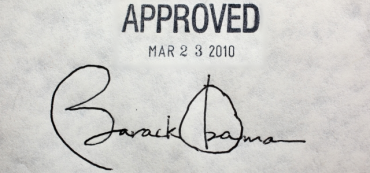Newer Updates on the Tax Cuts and Jobs Act
For the latest updates on the Tax Cuts and Jobs Act, read New 2018 Tax Law (Tax Cuts and Jobs Act).
 We’ve been waiting to see what our congressmen and women are going to decide for our 2018 tax law. As we’ve already entered the holiday season and can see the new year in sight, they are certainly cutting it close.
We’ve been waiting to see what our congressmen and women are going to decide for our 2018 tax law. As we’ve already entered the holiday season and can see the new year in sight, they are certainly cutting it close.
This so-called tax reform has a lot of unfavorable proposals. There are many differences between the House and Senate bills, but so far the two bills agree on repealing the state and local tax deduction, doubling the standard deduction, eliminating exemptions, redoing the income tax brackets, lowering the corporate tax rate, repealing Roth recharacterizations, and expanding 529 account usage. Many other details have not been settled between the House and the Senate.
As the law currently stands, if you don’t have health insurance for the year, then you owe a penalty of 2.5% of your household income. If you choose not to get health insurance, you can apply to have the penalty waived by applying for an affordability exemption. This year, the premiums are so high that even many wealthy individuals will qualify for an affordability exemption, but you do have to apply in order to get it.
Many of our current congressmen and women campaigned on repealing or repealing and replacing Obamacare. However, as it stands, only the Senate’s bill has a repeal of the individual mandate. And even then, only with an effective date of December 31, 2018. That means that despite having ridiculously high premiums that are not affordable even for the rich and encourage many to stop working in order to get subsidies, you are still going to owe a 2.5% penalty if you don’t get insurance.
This means you either need to get health insurance by December 15 or apply for a full-year exemption by December 31 of this year.
Here’s the text as it stands:
SEC. 11081. Elimination of shared responsibility payment for individuals failing to maintain minimum essential coverage.
(a) In general.—Section 5000A(c) is amended—
(1) in paragraph (2)(B)(iii), by striking “2.5 percent” and inserting “Zero percent”, and
(2) in paragraph (3)—
(A) by striking “$695” in subparagraph (A) and inserting “$0”, and
(B) by striking subparagraph (D).
(b) Effective date.—The amendments made by this section shall apply to months beginning after December 31, 2018.
House Bill:
No relevant section.
The entire so-called Affordable Care Act could have easily been repealed earlier in the year. Republicans ran on the promise of repeal and then failed to deliver.
For more reading on the what Obamacare has cost us, you may enjoy the following articles:
Did Obamacare Impoverish Employee’s Retirement Benefits?
Employers are paying more in benefits, but with the increase in health care costs there is less for retirement contributions.
Health Care Insurance Rises Another 24.6%
ObamaCare was always going to be a bad law and now, five years in, that should be clear to everybody.
Do New Healthcare Plans Cost More?
Last year plans were being cancelled. This year, citizens are receiving notifications of rate hikes in the double digits. Is this really happening?
Is Obamacare Responsible for a Jobless Recovery?
Three part time employees equals two full time employees while avoiding $4,000 in annual fines.
Obama Care is Costing Americans $384 Billion More Each Year
The “Patient Protection and Affordable Care Act” (PPACA), is misleadingly named. It has neither protected patients nor made healthcare more affordable.
ObamaCare Is the Worst Legislation in 75 Years
Everyone in our risk pool will order filet mignon. First the costs will skyrocket. And then the meat will be rotten.





